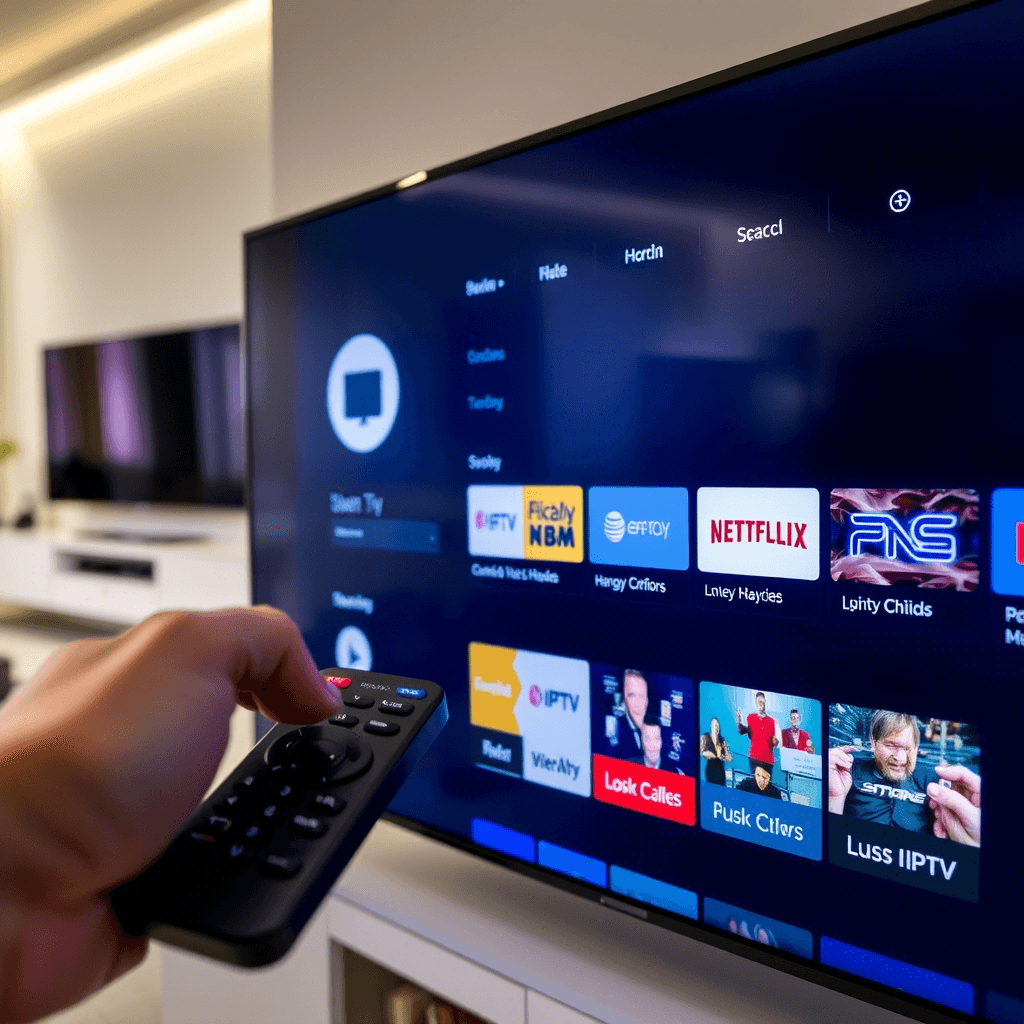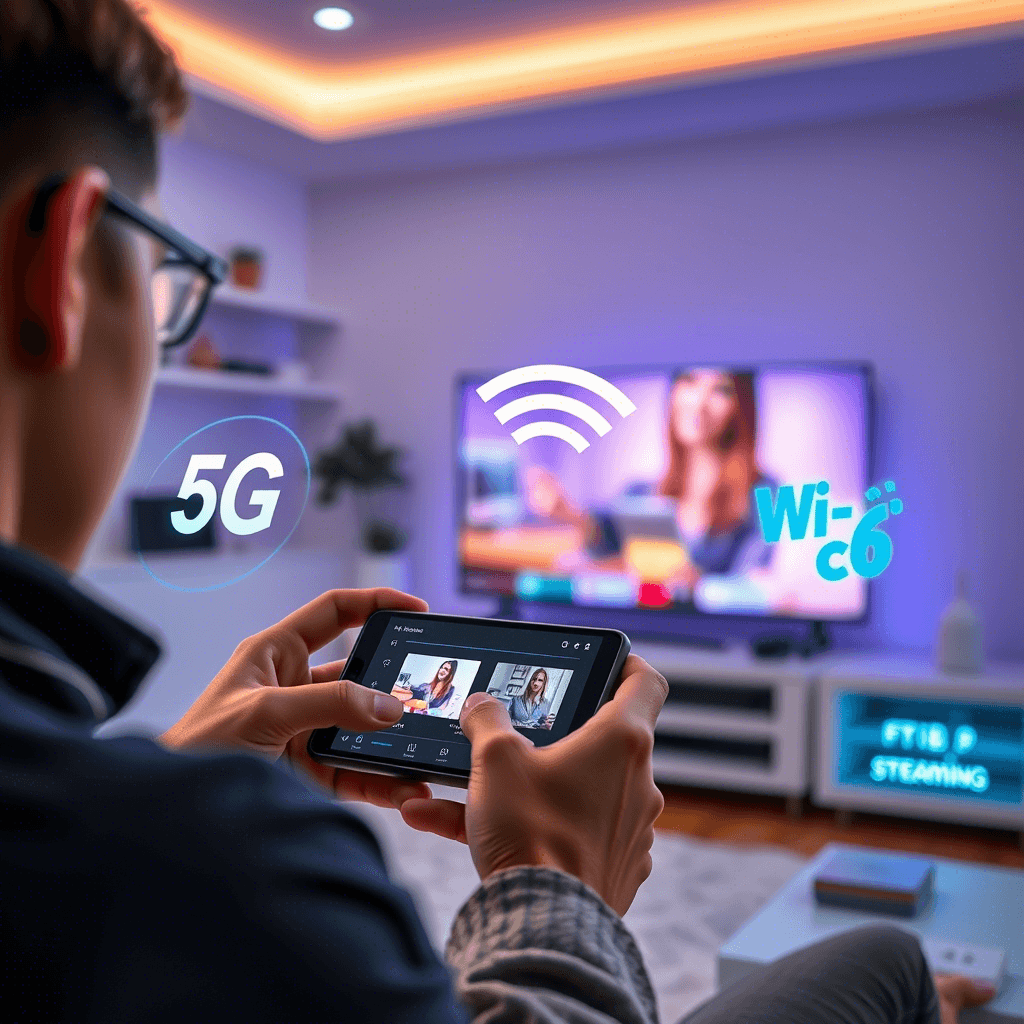
IPTV: How Internet Television Transformed the Media Industry
From early experiments to the streaming revolution
Introduction: What Is IPTV?
IPTV (Internet Protocol Television) is a technology that delivers television content over internet protocols instead of traditional terrestrial, cable, or satellite formats. Unlike analog or digital broadcasting, IPTV uses broadband connections to stream audio and video, enabling users to watch shows live or on demand (VoD).
Today, IPTV is synonymous with platforms like Netflix, Amazon Prime Video, Apple TV+, and YouTube. But its history began long before the streaming boom. This article explores the origins and evolution of IPTV, the technologies that enabled it, and why it has become an integral part of our digital lives.
The Early Days: The 1990s — First Steps
IPTV emerged at the intersection of two revolutions: the internet and digital television. In the 1990s, as the internet began gaining traction, engineers started exploring ways to use it for delivering multimedia content.
Key milestones from the early days:
- 1994: The First Experiments
- A company called StarSight Telecast launched an interactive Electronic Program Guide (EPG) via modem—a forerunner to modern IPTV.
- Researchers at the University of California tested video transmission over IP networks in the MBone project, though video quality was poor due to limited bandwidth.
- 1995–1999: The Term “IPTV” Appears
- In 1995, Intel introduced Internet TV technology, allowing users to watch TV via modem. However, with dial-up speeds of just 56 kbps, mass adoption was out of reach.
- In 1999, Cisco Systems registered the domain iptv.com, a clear signal of growing interest in the concept.
- Challenges of the early era:
- Limited internet speed: ADSL was in its infancy, and video quality was often worse than VHS.
- Lack of standards: No unified protocol for streaming made development difficult.
- Legal hurdles: Content providers feared piracy and distrusted digital platforms.
First Commercial Projects: 2000–2005
By the early 2000s, the technological groundwork had begun to solidify. This led to the first commercial services that paved the way for today’s IPTV platforms.
Examples of early IPTV services:
- BBC iPlayer (2007)
- Though officially launched later, the idea to offer archived programs online began in the early 2000s. It was a key step toward VoD.
- Sky Broadband (UK, 2005)
- UK-based Sky started testing internet-based TV delivery for customers with high-speed connections.
- AT&T and Verizon (USA, 2005–2006)
- Telecom giants launched IPTV services (like AT&T U-verse) using their DSL infrastructure.
Technological breakthroughs:
- Codecs: MPEG-4 and H.264 video compression made it possible to stream high-quality content efficiently.
- CDNs: Content Delivery Networks dramatically improved speed and reliability.
- Multicast transmission: This technique allowed a single stream to be sent to multiple users simultaneously, reducing bandwidth strain.
Crisis and Breakthrough: 2007–2012
This period marked a turning point for IPTV. While the technology faced scalability issues, it also saw the rise of game-changing services.
Key events:
- Netflix Streaming Launches (2007)
- Netflix became the first mainstream service to popularize streaming. Unlike traditional IPTV, it used the OTT (Over-The-Top) model, which didn’t require special infrastructure from ISPs.
- YouTube and Social Media (2005–2010)
- Platforms like YouTube embraced the “TV without schedules” concept, where viewers chose what to watch and when.
- Telecom Struggles
- From 2008 to 2010, ISPs grappled with network congestion from exploding traffic, prompting investments in fiber and 4G/LTE infrastructure.
IPTV vs. OTT: What’s the Difference?
- IPTV refers to a controlled environment with guaranteed quality (e.g., provider-based services).
- OTT refers to open platforms (e.g., Netflix, Disney+) that work over any internet connection, independent of ISPs.
What’s Next?
In the next part of this series, we’ll explore:
- Technological advances in the 2010s (4K, HDR, cloud DVR).
- The role of 5G and Wi-Fi 6 in IPTV.
- Modern services: Apple TV+, Disney+, Twitch, and more.
- Future trends: AR/VR, AI personalization, the metaverse.
Stay tuned and subscribe to our blog so you don’t miss out!







